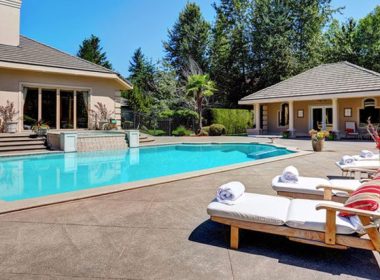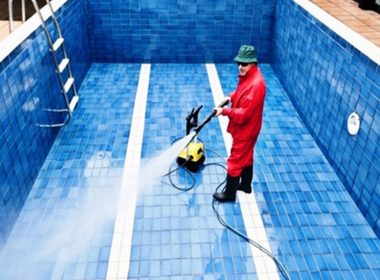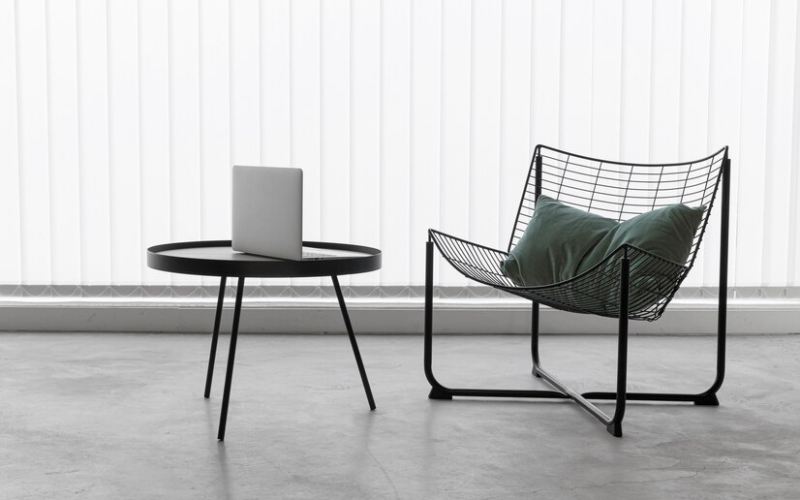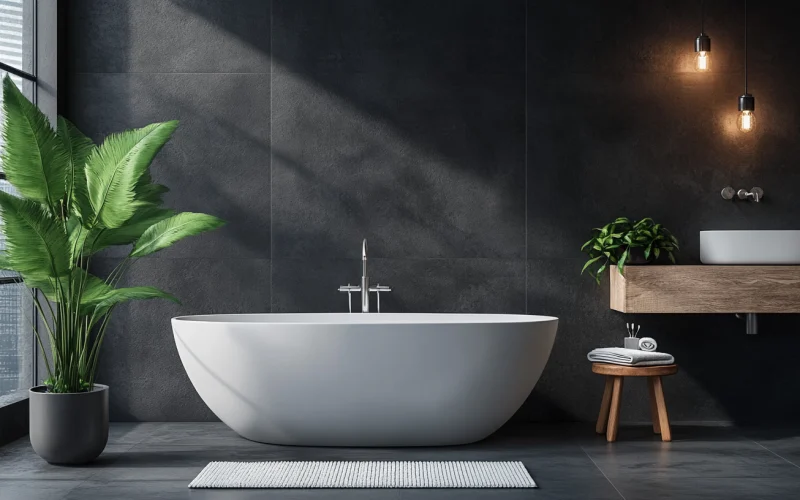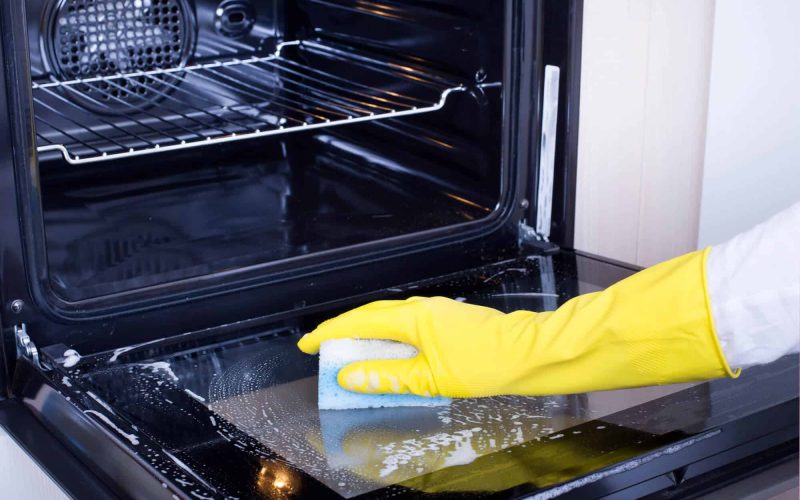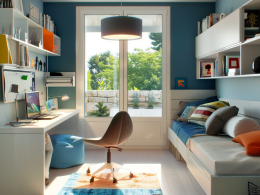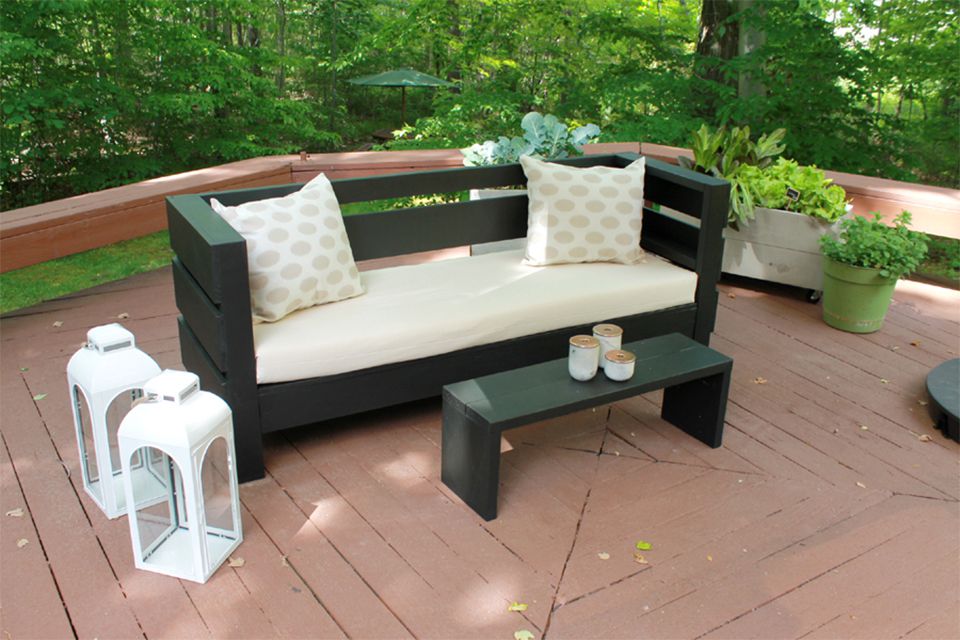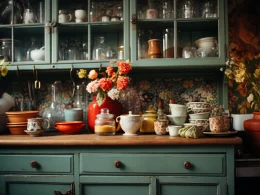Today’s furniture design has moved beyond traditional wood-centric pieces, embracing metal as a primary material. The industrial-chic aesthetic has evolved into sophisticated, refined pieces that serve as functional art in modern homes. This shift reflects a broader appreciation for the versatility and durability of metalwork in contemporary interior design.
Statement Pieces: The New Focal Points
Contemporary metal furniture pieces are becoming central design elements, commanding attention through their sculptural qualities. From dramatic dining tables to architectural bookshelves, these pieces define spaces while serving practical purposes. The bold presence of metal furniture creates visual anchors in rooms, allowing designers and homeowners to build entire design schemes around these striking elements.
Mixing Materials: The Art of Balance
Modern furniture design excels in combining materials. Creative design studios are leading the way in pairing metals with glass, wood, and stone to create pieces that feel both grounded and ethereal. This harmonious blend of materials adds depth and dimension to living spaces while challenging traditional furniture design conventions.
Small-Scale Accent Pieces
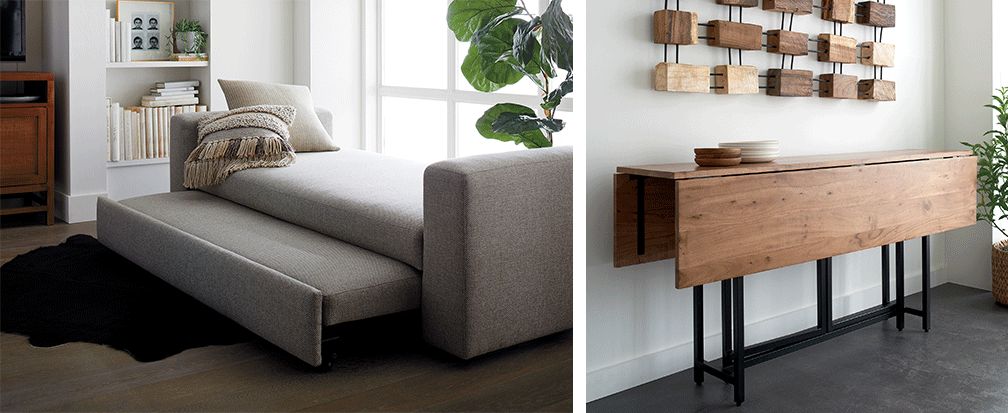
Metal accent furniture offers an accessible entry point into contemporary design. Side tables, plant stands, and decorative screens provide opportunities to incorporate metallic elements without overwhelming a space. These smaller pieces allow for experimentation with different styles and finishes while maintaining design coherence.
The Rise of Custom Metalwork
Bespoke metal furniture has gained prominence as homeowners seek unique pieces that reflect their personal style. Creative Metal Design items offer perfect proportions and finishes while ensuring originality. This trend toward personalization has fostered a growing community of artisans specializing in metal furniture craftsmanship.
Sustainable Metal Furniture
Eco-conscious consumers are driving demand for sustainable metal furniture, incorporating recycled materials and focusing on longevity rather than disposable design. Manufacturers are responding with innovative sourcing and production approaches, creating environmentally responsible and aesthetically pleasing pieces.
Color and Finish Innovations
Beyond traditional silver and black finishes, metal furniture now showcases various colors and textures. Powder coating, patination, and mixed finishes create depth and visual interest. These advancements in finishing techniques have expanded the design possibilities for metal furniture, allowing it to complement any interior style.
Multifunctional Design Solutions
Modern metal furniture often serves multiple purposes, with convertible pieces and modular systems addressing the needs of contemporary living spaces. From expanding dining tables to transformable storage solutions, these adaptable designs maximize functionality without compromising style.
Bringing the Outdoors In
Indoor-outdoor metal furniture designs blur traditional boundaries, creating cohesive transitions between interior and exterior spaces. Weather-resistant finishes and durable construction allow these pieces to perform beautifully in any environment, expanding living areas beyond conventional limits.
Care and Maintenance

Quality metal furniture requires specific maintenance approaches to preserve both functionality and appearance. Different metals and finishes need particular care routines, from regular dusting to periodic polishing. Understanding and implementing proper maintenance ensures these investment pieces retain their beauty and value over time.
Investment Considerations
While premium metal furniture represents a significant investment, its durability and timeless appeal often justify the initial cost through years of reliable service. When selecting metal furniture, consider material quality, construction methods, and finish durability to ensure long-term satisfaction.
Market Trends and Pricing
The market for metal furniture spans a wide range of price points, from accessible retail pieces to high-end custom designs. Understanding current trends and market values helps inform purchasing decisions while ensuring value for money.
Design Integration Strategies
Successfully incorporating metal furniture into existing decor requires thoughtful planning. When selecting pieces, consider scale, proportion, and visual weight, and use complementary textiles and accessories to create balanced, harmonious spaces.
Future Design Directions
The evolution of metal furniture continues with new manufacturing techniques, innovative finishes, and increasingly sophisticated designs shaping the future of home furnishings. Emerging technologies like 3D printing and advanced metalworking processes are opening new possibilities for furniture design.
Takeaway
Modern metal furniture represents more than just functional pieces – it embodies the intersection of art, craft, and practical design. As homeowners increasingly seek distinctive, durable furnishings, metal’s versatility, and visual impact make it an enduring choice in contemporary interiors. Whether through statement pieces or subtle accents, metal furniture continues to define and elevate modern living spaces.

